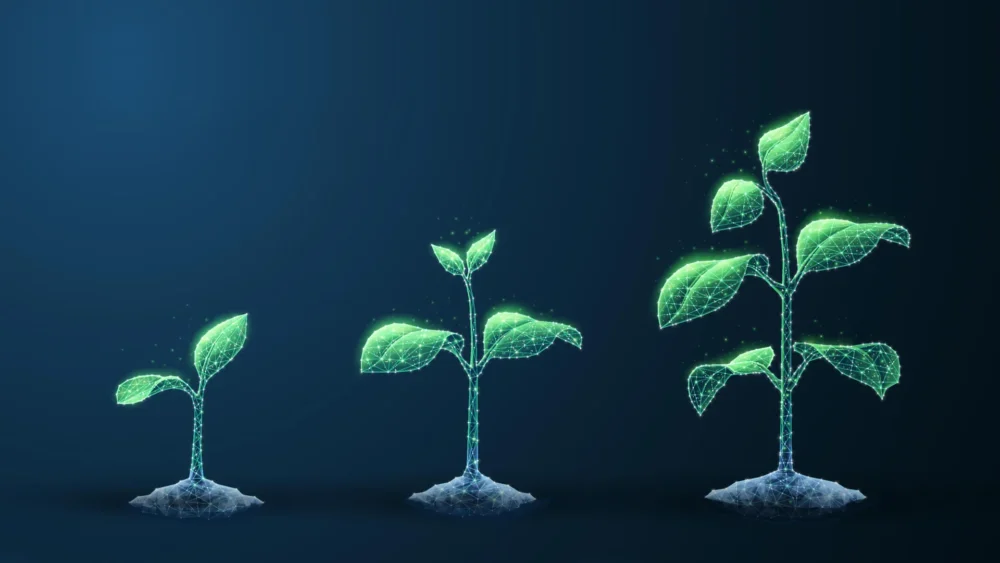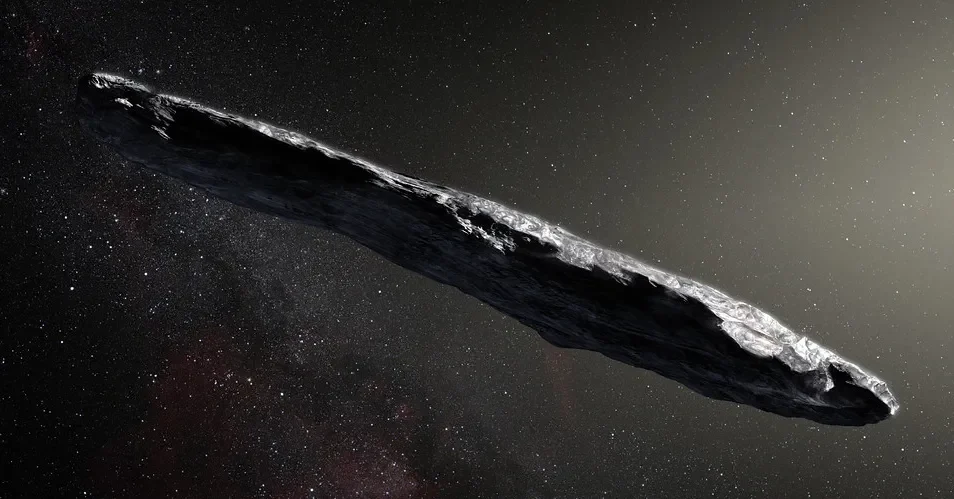Researchers from Japan’s Earth-Life Science Institute (ELSI) at the Institute of Science Tokyo have unveiled a groundbreaking biological principle explaining why life’s growth slows even in nutrient-abundant environments. This new insight, called the global constraint principle, integrates classic biological laws and reveals that multiple overlapping factors sequentially limit growth, rather than a single nutrient shortage. Confirmed through extensive simulations and experiments with Escherichia coli bacteria, this principle offers a transformative understanding of growth across all living systems.
Growth and its limitations have puzzled biologists for decades. Organisms – microbes, plants, and animals alike – rely on nutrients, energy, and cellular machinery to grow. Traditionally, growth models, such as the Monod equation developed in the 1940s, focused on the effect of individual nutrients or biochemical pathways. Monod’s equation explains that growth speeds up with more nutrients until it plateaus, but assumes only one limiting factor at a time. Yet, living cells conduct thousands of simultaneous chemical reactions, all competing for finite resources.
The global constraint principle provides a new framework. Developed by Professors Tetsuhiro S. Hatakeyama and Jumpei F. Yamagishi, it states that cell growth is shaped by a complex network of limits, not just one bottleneck. When one constraint eases – for example, a nutrient’s scarcity is resolved – other factors such as enzyme production capacity, cell size, or membrane space become the new growth limiters.
Using constraint-based modeling, the researchers simulated how cells allocate internal resources under varying nutrient conditions. Their results highlighted diminishing returns: each added nutrient increases growth less than the previous one did. Growth curves form naturally from physical limits of resource distribution within cells, rather than any specific biochemical reaction.
This principle merges two fundamental biological concepts: the Monod equation and Liebig’s law of the minimum. Liebig’s law states that a plant’s growth is limited by its scarcest nutrient, like nitrogen or phosphorus, even if others are in abundance. The new model envisions growth limits as a “terraced barrel,” where successive limiting factors become dominant as nutrients increase, explaining why organisms experience slowing growth despite apparent abundance.
To validate their theory, the team modeled E. coli cells with detailed factors like protein use, molecular crowding, and membrane capacity. Laboratory tests confirmed the model accurately predicted growth behaviors, including how oxygen or nitrogen levels influence growth patterns.
The implications of this discovery are vast. It opens avenues for optimizing microbial production in biotechnology, enhancing crop yields through improved nutrient management, and better forecasting ecosystem responses to climate change. By linking microscopic cellular functions to large-scale ecological dynamics, this work lays the foundation for universal growth laws applicable across life forms.
Future research may explore how different organisms implement this principle and how multiple nutrients interact to influence growth collectively. This unifying theory guides a deeper understanding of life’s adaptive strategies amid resource fluctuations.










